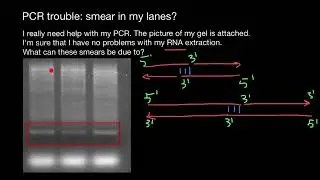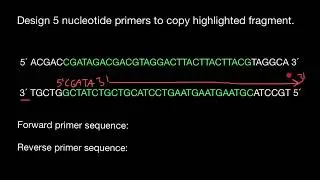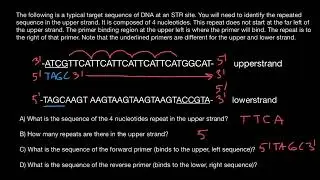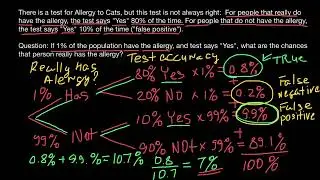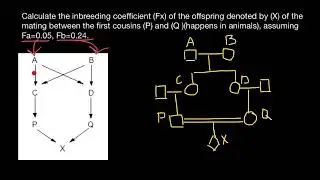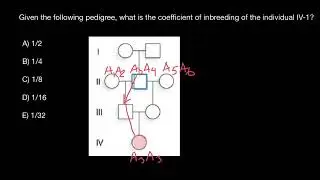Ancient Egyptians were closer to Armenians than to Africans
Ancient Egyptians were closer to Armenians than to Africans; a new genetics study reveals
A recent study sheds light on the age old question “who were the ancient Egyptians?”
A team of international scientists from the University of Tuebingen and the Max Planck Institute for the Science of Human History in Germany analyzed the DNA of 93 Egyptian mummies dating from approximately 1400 BCE to 400 CE. The evidence from their study reveals a surprising close relation to ancient people of the Near East such as Armenians.
Our analyses reveal that ancient Egyptians shared more ancestry with Near Easterners than present-day Egyptians, who received additional sub-Saharan admixture in more recent times.
We find that ancient Egyptians are most closely related to Neolithic and Bronze Age samples in the Levant, as well as to Neolithic Anatolian and European populations.
Furthermore, the researchers found that over the 1,300-year period that the mummies represented, the population genetics of the ancient Egypt stayed surprising stable, despite foreign invasions.
The genetics of the Abusir el-Meleq community did not undergo any major shifts during the 1,300-year timespan we studied, suggesting that the population remained, genetically, relatively unaffected by foreign conquest and rule.
said Wolfgang Haak, from the Max Planck Institutes.
Map of Egypt depicting the location of the archaeological site Abusir-el Meleq (orange X) and the location of the modern Egyptian samples (orange circles)
Map of Egypt depicting the location of the archaeological site Abusir-el Meleq (orange X) and the location of the modern Egyptian samples (orange circles)
The sub-Saharan African genetic influx seems to have only started after the Roman period, which coincides with the advent of monotheism in particularly Islam. Hence why modern Egyptians are more genetically shifted towards African people than the ancient Egyptians.
We found the ancient Egyptian samples falling distinct from modern Egyptians, and closer towards Near Eastern and European samples. In contrast, modern Egyptians are shifted towards sub-Saharan African populations.
So it turns out that modern Egyptians share more genetic ancestry with Sub-Saharan Africans than ancient Egyptians did, while the ancient Egyptians show a closer genetic affinity with ancient people from the Near East and the Levant like Armenians.
Tutankhamun’s paternal lineage
Something similar was revealed a few years ago when a controversy erupted surrounding Tutankhamun’s paternal lineage. Egyptian scholars have tested the autosomal and Y-DNA markers of three Pharaohs of the 18th dynasty : Amenhotep III, his son Akhenaten and grandson Tutankhamun. The aim was to determine the cause of death of Tutankhamun, who died at age 19. They however did not release the genetic data to the public themselves. The Discovery Chanel was making a documentary about this research and perhaps by mistake has recorded and aired some of the results from scientists computers.
Keen observers of the genetics company iGENEA quickly pointed out that the video from Discovery Channel shows the Y-STR results, which appear to be R1b. R1b and its variants is rare among modern Egyptians and the Middle East, it is however quite common in Europe and among the Armenians. This revelation however has not been taken seriously by academia, since the results were never officially published by Egyptian scholars.
Looking back however, with the recent study in mind, it is highly possible that the ancient Egyptian Pharaohs had European or Armenian ancestry.
Ancient Europeans and modern Armenians
The Armenian Highlands and Anatolia form a bridge connecting Europe, the Near East and the Caucasus. Anatolia’s location and history have placed it at the centre of several modern human expansions in Eurasia: it has been inhabited continuously since at least the early Upper Palaeolithic, and has the oldest known monumental complex built by huntergatherers in the 10th millennium BCE (Armenian Portasar commonly known as Göbekli Tepe). It is believed to have been the origin and/or route for migrating Near Eastern farmers towards Europe during the Neolithic, and has also played a major role in the dispersal of the Indo-European languages.
A genetics study by Haber et. al (2015) published not so long ago in the Nature’s European Journal of Human Genetics has demonstrated this connection.
We show that Armenians have higher genetic affinity to Neolithic Europeans than other present-day Near Easterners, and that 29% of the Armenian ancestry may originate from an ancestral population best represented by Neolithic Europeans.
Hence today’s Armenians show genetic affinity to both the ancient Europeans and Egyptians. For more details read the following article: Armenians Have A High Genetic Affinity To Ancient Europeans











